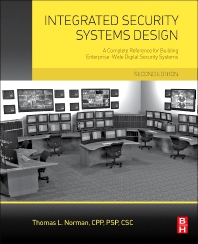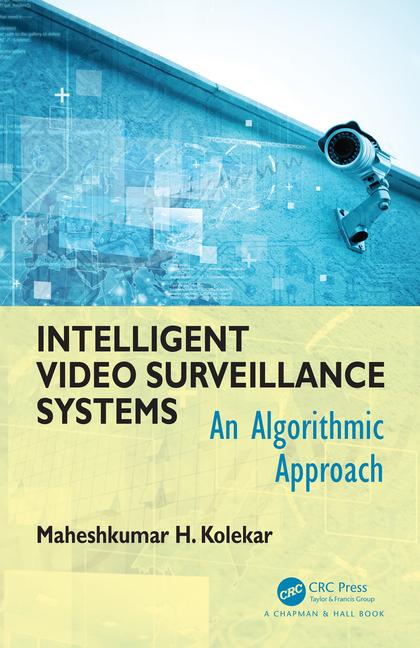Milestone Systems collaborated with NMS Security, SpotterRF, Canon, Dell, Utah’s Hogle Zoo, and Polar Bears International to implement a unique video surveillance solution that helps the city of Churchill, Manitoba, to keep citizens, sightseers and polar bears at a safe distance from each other.
Every year, nearly 10,000 tourists pour into this small town of 1,000 to view the polar bears that migrate along the shores of Hudson Bay. The impact of modern climate change is forcing many polar bears to wander into populated areas in search of food. With more than 300 polar bear response calls made in 2016, city managers and conservationists alike were looking for a way to use technology to safely manage the situation.
“At Polar Bears International, part of our mission is to be involved with helping to prevent conflicts between polar bears and humans,” said BJ Kirschhoffer, director of field operations, Polar Bears International.
Milestone Partner NMS Security from Anchorage, Alaska, already had experience with protecting oil pipeline employees from polar bears. They worked with SpotterRF to deploy and fine-tune the use of an innovative intrusion detection radar system as a solution at Churchill.
“The system does a great job of tracking polar bear movement and giving workers enough of a warning to pack up and get out,” said Ed Knoch, director of security technology solutions, NMS Security. “We’ve been doing this in Alaska for a few years now, and we’ve gotten really good at it.”
A Canon VB-R10VE vandal-resistant, outdoor PTZ dome camera and two SpotterRF radar units were installed. A Dell server runs the Milestone VMS platform with the Spotter XProtect plug-in interface installed. The radar units provide warnings at about 200 meters out from the shoreline, giving people enough time to get into the community center and away from a bear. When a bear is detected, the system is triggered to automatically send out email alerts and sound a bear warning alarm throughout the community.
Through the Milestone Mobile client application, the system can send notifications directly to the bear alert system and to wildlife officers, so they can see the radar screen and camera views on their smartphones.
“We’re very happy with all the elements of the project,” Kirschhoffer said. “The radar units, the camera, the Milestone video management software, everything is working well. NMS Security did a fantastic job of getting us set up. All the pieces are pretty complex, and it's important to have a partner like that when doing these projects.”
With the camera/radar system up and running and yielding positive results, there is no doubt among the team that there is great potential for Churchill and for replicating this system into more polar bear impacted communities, as well as in environments around the world where humans and wildlife come in conflict.
“There are many habitats around the world where humans and wildlife are sharing the same space and competing for water and food. As conservationists, we need to look at different strategies to help people and wildlife coexist,” said Liz Larsen, director of conservation, Utah’s Hogle Zoo, who also help sponsor PBI initiatives.
Milestone Systems and Partners Team With Polar Bears International and Utah’s Hogle Zoo to Protect a Threatened Species






